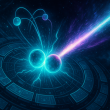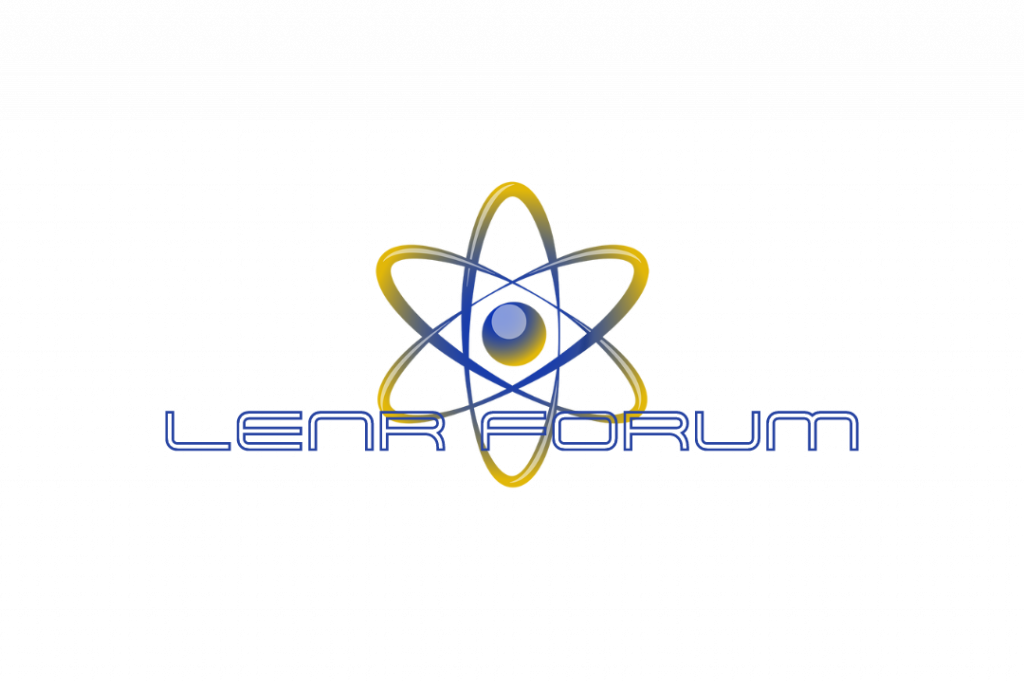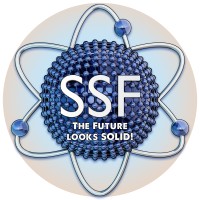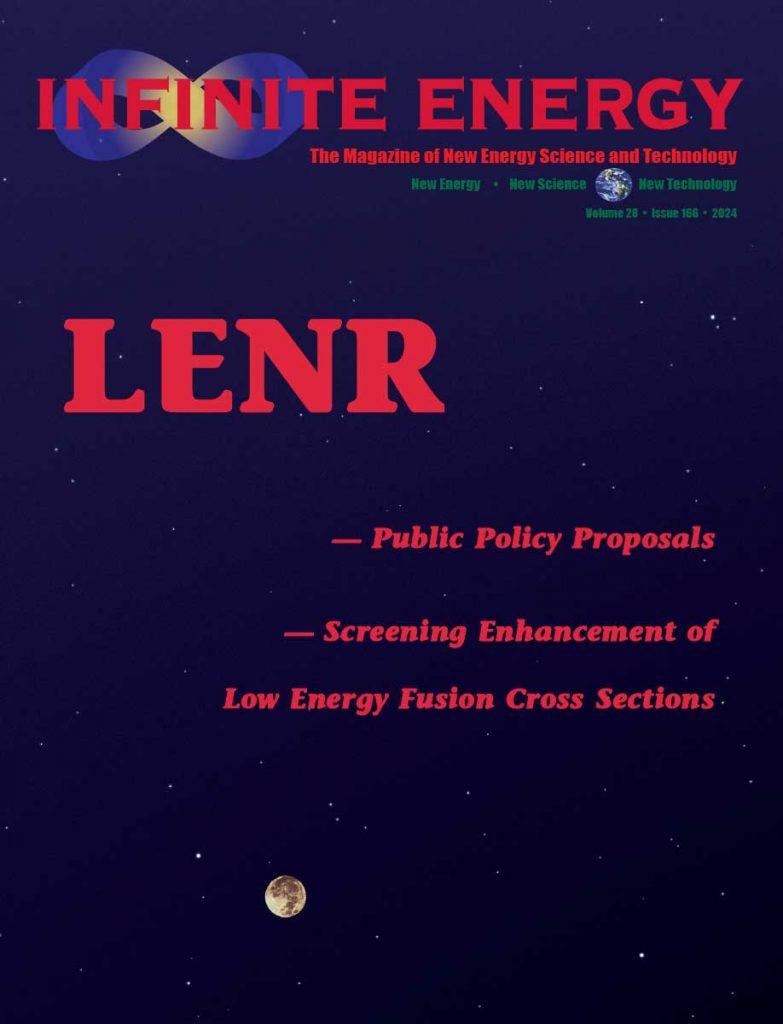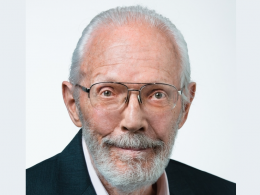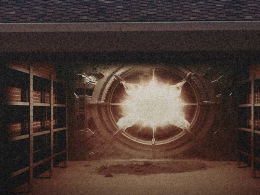A monthly round-up of the best of LENR-Forum
Your Source for Open Science and Emerging Energy Technology
From the ISCMNS:
Hello Fellow ISCMNS members,
The minutes of the annual ISCMNS meeting minutes taken during September 2024 in Strasbourg France can be download from here. My apologies for these being so late in their delivery.
First, I would like to thank each of you for being a member of this important scientific society. Your participation is vital to the growth of the science of this field. To those of you who attended the meeting in Strasbourg, thank you for your participation in the meeting and the conference. There were a number of excellent suggestions made during this meeting, and the executive committee is following up on these ideas with serious consideration.
As a Scientific Society, the ISCMNS continues its efforts to grow the field of Condensed Matter Nuclear Science into a strong and viable knowledge base–to explore new answers to old questions, to find solutions to long unsolved puzzles, and to develop new opportunities for involvement. In parallel, the ISCMNS has continued its efforts to archive the knowledge, experiences, and progress that we have already achieved during the last 35 years.
The entire Executive Committee of the ISCMNS would like to extend our sincere wishes to all of you. Happy Holidays! And the Very Best for the New Year of 2025!
Best Regards,
President, International Society for Condensed Matter Nuclear Science
Lynn Bowen
forwarded by Alan Smith
Best Wishes,
Thank you to everyone.
CEO/Sec. International Society for Condensed Matter Nuclear Science. (ISCMNS)
Minutes_of_ISCMNS_2024-A_Strasbourg_meeting (1).pdf
Please renew your membership
ISCMNS looking for help with their LENR video project headed up by Thomas Grimshaw/Rob Christian/Seamus Lonergan:
“The International Society for Condensed Matter Nuclear Science (ISCMNS) is supporting a project to collect cold fusion videos and make them readily available on a dedicated website. The objectives are to capture and organize the videos, digitize them where required, and prepare them for viewing by members of the cold fusion community – and scientists at large. The aim is to “tell the cold fusion story” and ultimately to restore the field to legitimate science.”
See Cold Fusion Videos – A Project of the ISCMNS for details
ICCF 26 Update
Abstract Submission is due by January 31st, 2025
Registration is required to submit an abstract.
Therefore you have to register to submit your abstract within the deadline for abstract submission (end of January 2025).
For more information visit: https://iccf26.org/
New Papers:
1.) Nanomaterials engineering for enhanced low energy nuclear reactions: a comprehensive review and future prospects
Nurlan Bakranov/Zhanserik Kuli/David Nagel/Dina Bakranova
This scientific paper aims to provide a thorough examination of the current state of research on nanomaterials in the context of Low Energy Nuclear Reactions (LENR). The paper explores various nanomaterials, their synthesis methods, and their impact on facilitating and enhancing LENR processes. Special attention is given to the unique properties of nanomaterials that make them particularly suitable for LENR applications, such as increased surface area, quantization effects, and improved hydrogen absorption kinetics. The review also delves into experimental findings and theoretical models that shed light on the mechanisms through which nanomaterials induce and support LENR.
The sustained interest in LENR arises from experiments consistently demonstrating the potential for significant energy gains, suggesting cost-effective energy production. Furthermore, these processes exhibit advantages such as negligible radiation during operation, minimal radioactive waste, and the absence of greenhouse gas emissions.
While the path to commercialization is lengthy, strides are being made by various companies recognizing the challenge of consistently producing materials to reliably trigger LENR. Current research focuses on employing nanoparticles to reliably induce LENR, drawing inspiration from reports indicating the efficacy of loose nanoparticles in triggering these reactions. The hypothesis posits that nanoparticles affixed to surfaces enhance performance and ease of handling in research and commercial setups.
The rationale for using nanoparticles lies in their ability to facilitate hydrogen penetration into solid materials, crucial for observing LENR phenomena. This capability is attributed to the substantial surface area of nanoparticles, allowing them to absorb more reactants like hydrogen. Recent studies delve into understanding the behavior of metallic nanoparticles concerning the energy spectrum of electrons and implanted ions as a function of particle size.
Notably, as nanoparticles decrease in size, quantization effects emerge, potentially modifying the interaction of quasiparticles within nanoclusters. Specific examples, such as Pd-Rh alloys, demonstrate accelerated hydrogen uptake kinetics in nanoparticles compared to bulk materials, emphasizing the importance of nanoscale properties. This topic provides a broad scope for exploring the intersection of nanomaterials and LENR, allowing for an in-depth analysis of the current state of research and the potential for future advancements. By understanding and harnessing the unique properties of nanomaterials, significant progress can be made in the field of LENR, potentially leading to practical and sustainable energy solutions.
2.) Exploring artificial intelligence techniques to research low energy nuclear reactions
A Bari, Y Wu
3.) New Publication: Reaction Rate Calculations with Quantum Nuclear Delocalization Effects Incorporated via the CNEO Framework
4.) Models for nuclear fusion in the solid state PL Hagelstein, F Metzler, MK Lilley, JF Messinger, et al.
This article presents a theoretical framework for enhancing nuclear fusion rates in solid-state environments under near-ambient conditions. Drawing on quantum tunneling, electron screening, and resonance energy transfer, the study proposes …
Read More here: https://arxiv.org/pdf/2501.08338
Interviews and Media:
1.) Sabine Hossenfelder YT video discussing this paper: Physicists Say They Know How Cold Fusion Works – YouTube
2.)LENR: Fusion, Fission, and the Hidden Potential of Stability from YT Channel See the Pattern

Articles:
1.) Researchers Unlock Fusion Mysteries with Novel Plasma Modeling, Propelling Nuclear Fusion Closer to Reality by Micah Hanks
2.) November: Astral fusion reactor | News and features | University of Bristol
Our systems have been developed far more quickly and can produce isotopes at a much smaller scale than alternate technologies. This means medical isotopes can be produced near to or within hospital hubs without having to rely on giant international nuclear fission plants.
“This will dramatically increase the diagnostic and treatment techniques available to clinicians; reducing hospital wait times and costs while improving the quality of care.”
Co-founder and CTO of Astral Systems Dr Tom Wallace-Smith first theorised how a multi-state fusion reactor could work after learning of NASA’s pioneering work on lattice confinement fusion, published in 2020.
https://www.bristol.ac.uk/news/2023/november/astral-fusion-reactor.html
LENR Business Sector News:
1.) End of year 2024 message from Clean Planet:
Happy New Year!
I hope this message finds you and your loved ones well.
2024 was a year of exciting progress for Clean Planet. We made great strides in our R&D, advancing our Quantum Hydrogen Energy heat modules with the help of our partners at Tohoku University and the industry. We also added 20 new patents to our portfolio, bringing the total to 101.
Looking ahead to 2025, our focus is on scaling up our heat generation technology to deliver safe, sustainable energy to the world. With the continued dedication of our talented team, we are excited about the opportunities this new year will bring.
On behalf of Clean Planet, I sincerely thank you for your support. Wishing you a year filled with happiness, health, and prosperity.
New Energy, New Year.
Hideki Yoshino
CEO, CLEAN PLANET Inc.
2.) Randy Mills BrLP moves into a new facility:
‘We relocated to Newtown PA, a suburb of Philadelphia. We have mostly completed building out our new facility and are about 90% unpacked. You can see our progress (video in link).”
“We are also just now setting up two of four planned SunCell stations. I believe that the engineering issues are solved including replacing the kiln with a new inductively coupled heater innovation that was an essential step for startup of a commercial SunCell.”
“As you can imagine moving is like starting from scratch, very hard, a huge amount of work. But it was necessary due to millions in needed repairs that was not recoverable, the excessive size and overhead, and less favorable location of our prior facility. I believe that we have the best facility out of about fifty that we considered or pursued in multiple states.”
New Pennsylvania Facility | Brilliant Light Power
3.) HYLENR set up a display booth at the recent WFES 2025 technology conference in the Abu Dhabi National Exhibition Centre: https://www.instagram.com/hylenrtech/p/DErFI0SzllL/
HYLENR was also highlighted in “The Economic Times” article, along with 2 other “fusion” start-ups:
Indian startups Pranos, Anubal Fusion, and Hylenr are advancing efforts in nuclear fusion by exploring different technological methods. These companies aim to overcome engineering challenges, supported by increased computational power and investor interest, with a goal to achieve sustainable and cleaner energy solutions within the next decade.”
COMMUNITY
Infinite Energy Magazine #167 out now
GET LINKED * CONTACT LENR-FORUM
Before it’s out, it’s at
Be a LENR News author. Submit your work to the LENR-Forum News here.
DISCLAIMER Mentions of any investment funds or private business do not indicate endorsement by the Authors or LENR-forum members. LENR-forum supports metal-hydrogen energy and solid state fusion as a zero-carbon solution to global energy needs. By publicizing community activity, we do not intend or seek to promote any one entity over any other. We do not give investment advice or suggestions. Due diligence is required before investing in any venture. Information is provided solely for educational and research purposes.

Do you have a news or article that deserves a wider distribution?
Or maybe you have a talent that complements us?
Get in touch!



